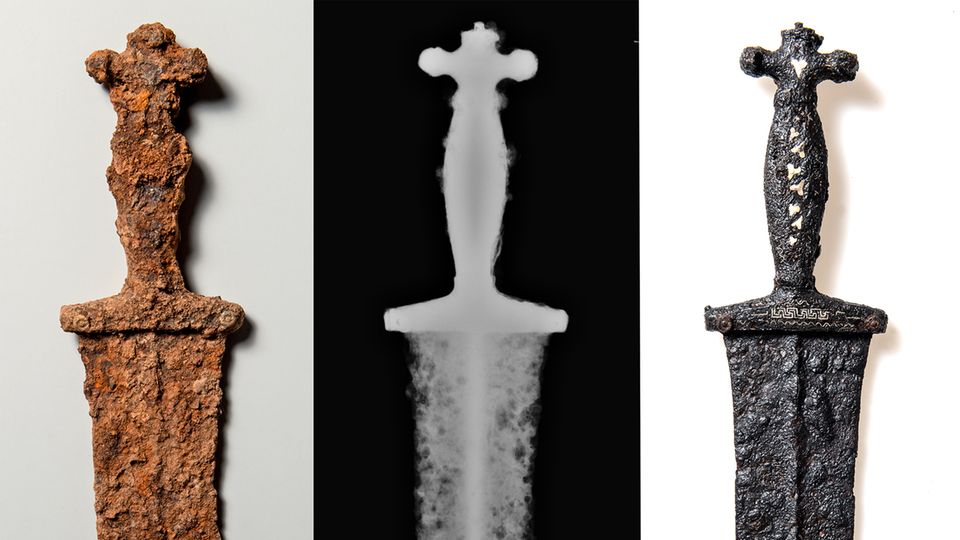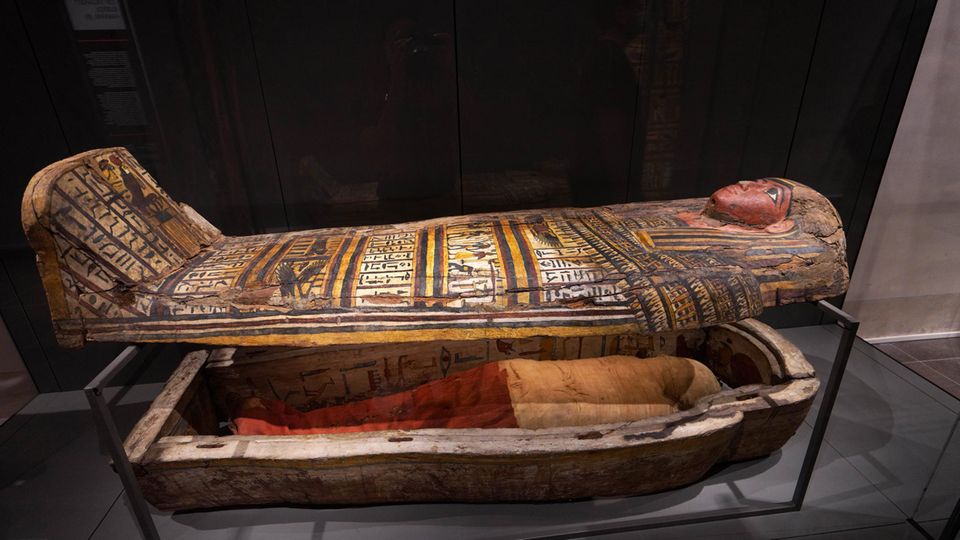Florida
“Thanks” to climate change: the lost epidemic hospital from 1900 and the cemetery rediscovered
A diving explorer at Dry Tortugas National Park off the coast of Florida (screenshot)
© Dry Tortugas National Park / Facebook
A hospital on an island off Florida had actually disappeared bit by bit for decades due to waves and sea water. However, the changing climate is now making it accessible again.
Dry Tortugas National Park in the United States has announced via Facebook that it has found several archaeological remains of a 19th-century quarantine hospital and cemetery on a once-submerged island near Florida.
As early as August 2022, employees of the park, together with scientists, carried out the first work to uncover the facility and, through research in historical records, have now arrived at a precise interpretation of what was found.
Island in southern Florida was a military prison
Built on an island off Florida in the far south of the United States, Fort Jefferson was once primarily used as a military prison during the American Civil War. All around there was a lighthouse, a naval hospital and, among other things, a quarantine facility.
Fort Jefferson’s population has increased over the years. For all soldiers, prisoners, slaves and workers and their families, space was becoming scarce and the risk of deadly communicable diseases increased, especially yellow fever, which is transmitted by mosquitoes, as the US National Parks Administration (NPS) summarizes on its website.

Outbreaks of disease on the main island followed, killing dozens in the 1860s and 1870s. Due to the lack of space, the administration subsequently began to build buildings on the surrounding islands and gradually to settle them. In this way, the quarantine station was also removed from the main island, which probably ensured the survival of a number of residents who were still healthy up to that point.
archeology
300 coins in an amphora – the gold treasure of Como
However, the island’s dead, especially those who died from one of the contagious diseases, still had to be buried. One of the surrounding smaller islands was also used for this and a cemetery was created. All facilities were used until around 1900, before there was no longer any need for the entire complex.
According to the NPS, the find illustrates the effects of climate change on the area in the Dry Tortugas. Although the facilities identified in this investigation were originally built on land, “dynamic conditions caused many of the islands to move over time. Climate change and large storm events have even caused some islands to settle and subside eroded by the waves,” summarizes the NPS on its website. But now – more than a hundred years after the fort was abandoned – the complex is once again accessible to visitors.


